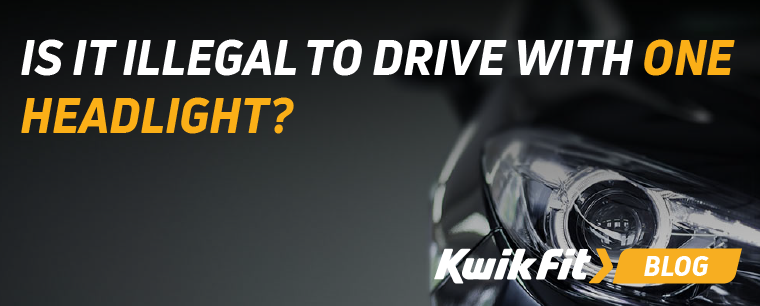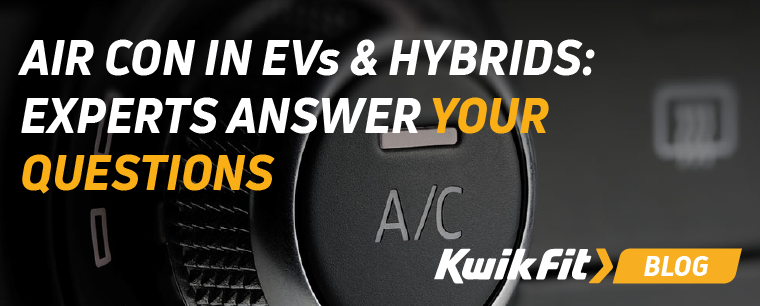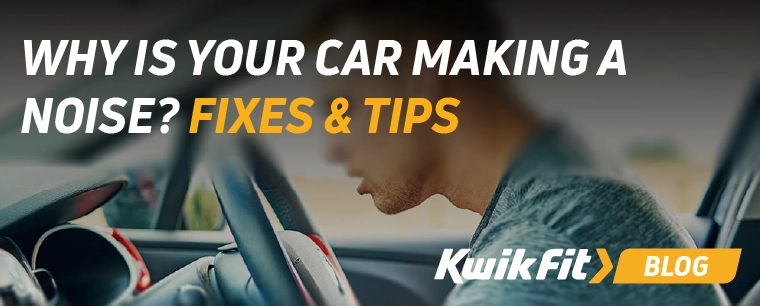What are Keyless Entry Cars?
Jack Dreyer | Friday 2nd June 2023 12:00pm

We’ve all been there - fumbling around in the dark, trying to find the keyhole in your car door without scratching the surrounding paintwork in the process. Or carrying bags and bags of shopping and having to work out how to balance everything to get your key out of your pocket to open your boot.
Fortunately, car manufacturers have realised this pain point and created a feature which makes it much easier to gain access to your car. As the name suggests, keyless entry involves tech that makes it possible to lock and unlock your car without requiring a key - with some options extending to starting your car without a key, too. But is the technology worth it? And does it leave your car more vulnerable to theft?
How does it work?
Keyless entry systems work thanks to a special key fob containing a chip, which sends and receives radio signals from your car. The car and the fob can communicate when they’re close to each other, sending radio signals that tell the car to unlock or lock.
These signals are only able to travel a few feet, meaning that your car will only unlock when you’re close to it - or in some instances, when you put your hand on the handle. Similarly, the car can automatically lock itself when it senses that the fob has moved out of signal range.
This technology is evolving fast, with newer iterations involving a keyless boot feature seen on some Jaguar, BMW, and Nissan models. With these, you’re able to open the boot by wiggling your foot under the bottom of the bumper, making hands-free access quick and easy.
Some other cars like Teslas and Hyundais are building the keyless tech into smartphone apps, creating digital keys that give drivers all the same controls with the tab of a screen. In some instances, the tech can even load up your driver preferences, adjusting the temperature or seat position to be just how you like it - perfect if you share your car with another driver.

One big consideration many people have with keyless entry cars is the idea that they’re more vulnerable to theft, and a rise of thefts inline with the release of this technology did raise concerns.
Thieves can exploit the system by either mimicking the signal from your fob, or distorting the radio signals emitted from the keyless car. Using a relay amplifier, thieves can extend the range of signal emitting from the fob so that the car thinks it’s nearer than it is, unlocking itself as a result. They may also try to block the signal when you walk away from the car in a public setting, preventing the car from activating its automatic lock.
It’s worth considering that while this was a significant concern around a decade ago, many manufacturers have implemented technologies that help to prevent car theft in modern models. “Sleep modes” and other options can prevent the key’s signal being transmitted when it’s not been used for a while – offering enhanced security. However, it’s still worth considering extra precautions, such as storing the key away from the front of your house when inside, or investing in a faraday pouch.
Is keyless entry worth it?
Keyless entry systems do arguably offer increased convenience and a touch of luxury, but they can come with issues - and are far from essential.
Some considerations include the difficulties that can be encountered if your key fob battery dies, or the potential for a passenger walking off with your key in their bag – and then you being unable to start the car again without them present. Some people even find the fobs easier to lose, due to the fact they don’t have to be physically inserted into the car each time.
Cost is another consideration, with these systems often coming as an upgrade on many models. But if you’re looking to bring a futuristic touch to your driving experience, you may find it worth investing.
Any facts, figures and prices shown in our blog articles are correct at time of publication.
Featured Articles
Is it Illegal to Drive With One Headlight?
Saturday 19th July 2025
Wondering if it’s illegal to drive with one headlight? Learn about the safety risks and penalties of illegal blown bulbs and why you should fix them promptly.
Air Con in EVs & Hybrids: Experts Answer Your Questions
Monday 30th June 2025
Does air con drain EV batteries? Can you use the air con while charging an electric car? Find out the answers to these questions & more from Kwik Fit’s experts.
Why Is Your Car Making a Noise? Fixes & Tips
Friday 13th June 2025
When your car starts making unexpected noises, it can certainly be quite disconcerting; it may be nothing to worry about, but here’s what you need to know.









